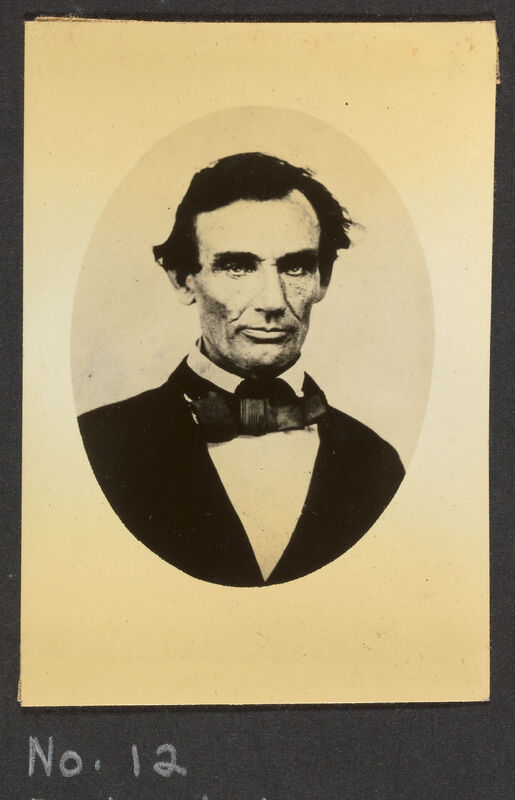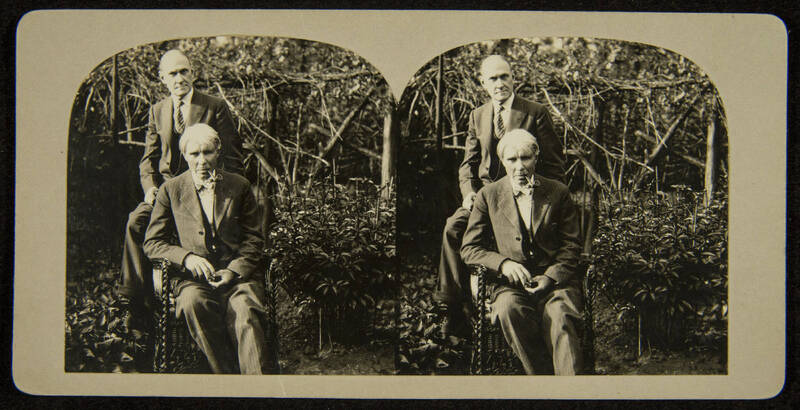Carl Sandburg: Biographical Work
By the mid-1920s, Sandburg had published multiple volumes of poetry and had gained popularity; his work was becoming more and more well-received. He also published a book of children’s stories, Rootabaga Stories, in 1922. It was in 1926 that Sandburg published his first biographical work.
Even before he started officially writing Abraham Lincoln: The Prairie Years, Sandburg had been planning this work. He collected any and all information and materials he could, which would end up forming the volumes of his Lincoln series. Despite being so prepared to write a Lincoln biography, the actual journey of writing the book was not necessarily straightforward. When Sandburg brought forth his idea for the biography to his publishers, they encouraged him to write it with young readers in mind. His Rootabaga Stories had been a success with that audience, after all. However, “the work grew in the writing until it became two hefty volumes, written in simple language, imaginative detail, and a fictional style acceptable in a juvenile book, but much too long and detailed for this genre” [5]. This less academic approach affected not only the tone and style of the book but also the content as well. Much of the Lincoln series includes information that is likely to be true, but Sandburg also includes his own narrative additions that fill in gaps and make the book read more smoothly.
Naturally, this did not sit well with all critics. Edmund Wilson (quoted in Allen) wrote that “there are moments when one is tempted to feel that the cruellest [sic] thing that has happened to Lincoln since he was shot by Booth has been to fall into the hands of Carl Sandburg” [6]. The sections that are critiqued the most are Sandburg’s telling of Lincoln’s earliest days—the period when there were few primary sources to consult. Lincoln’s later years are more documented and Sandburg’s writing about Lincoln in politics is generally more accurate. Lincoln’s speeches and letters from this period were more readily available, meaning there were fewer gaps for Sandburg to fill with his own writing.
Despite an initially mixed critical reception, Sandburg’s first volumes of his Abraham Lincoln series were overall a success. This success encouraged Sandburg to continue his biographical work of Lincoln’s life. While he continued working in earnest on the next installment, he also published a book of poetry and miscellaneous writing, entitled The People, Yes (1936), which was his response to the Great Depression. In 1939, Sandburg finished Abraham Lincoln: The War Years. The massive book (made up of four volumes) was even more well-received than the first installment; it won a Pulitzer Prize in the year following its release. Despite Sandburg’s variety (he wrote poetry, fiction, creative non-fiction, and biography throughout his life, as well as journalistic pieces while working for newspapers and political organizations), many critics and biographers of Sandburg agree that his Lincoln biographies are his most important works.
[5] Allen, “Carl Sandburg,” 27.
[6] Allen, “Carl Sandburg,” 29.


